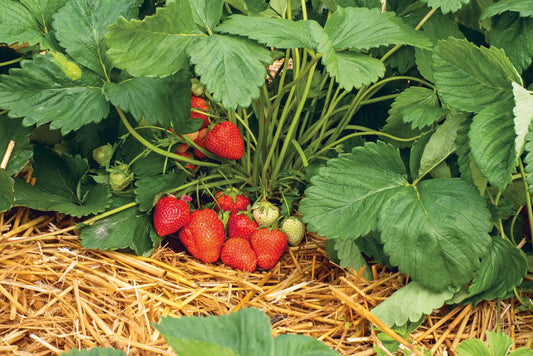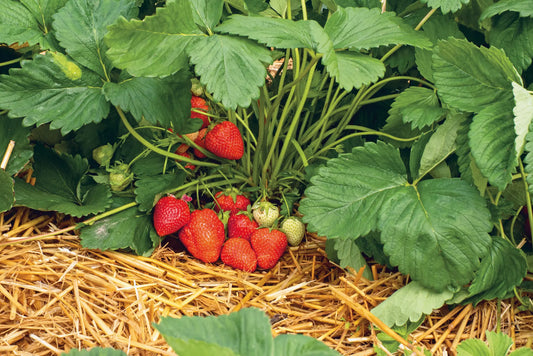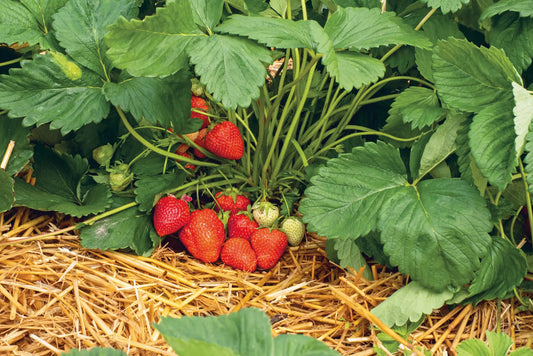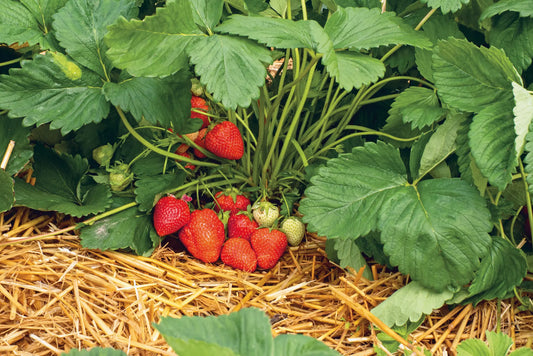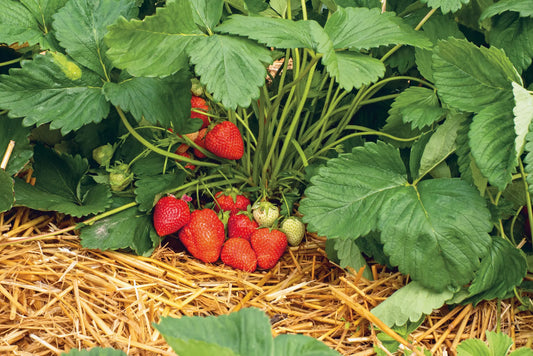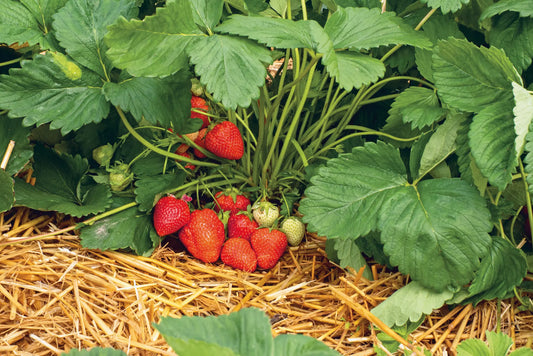-
Delivery from 10 plants to France, Switzerland and Europe
Delivery method -
Strawberry Plant Wholesale Supplier
About Us -
Quality Strawberry Plants
Strawberry technical itinerary -
Secure payment
Our Payment Terms
Lola Frigo A Strawberry Plant
Lola Frigo A Strawberry Plant
Price per unit (€ excluding VAT) excluding shipping. Our prices are based on volume. We offer you the best option based on your needs.
 - Add the desired date to your quote request
- Add the desired date to your quote request
- Buy now and get it delivered when you're ready to plant
- Delivery from 10 plants to France, Switzerland and Europe
Couldn't load pickup availability
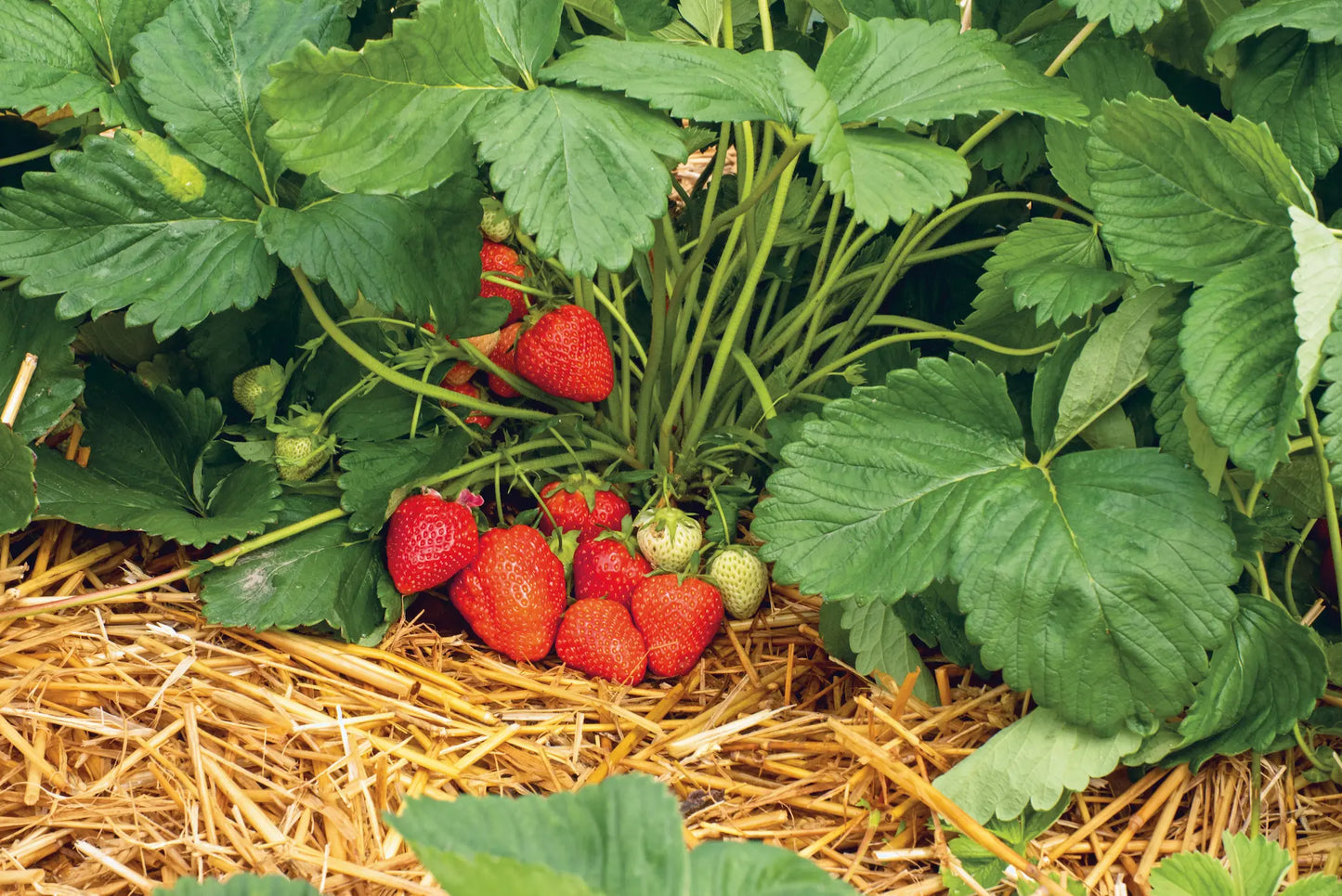
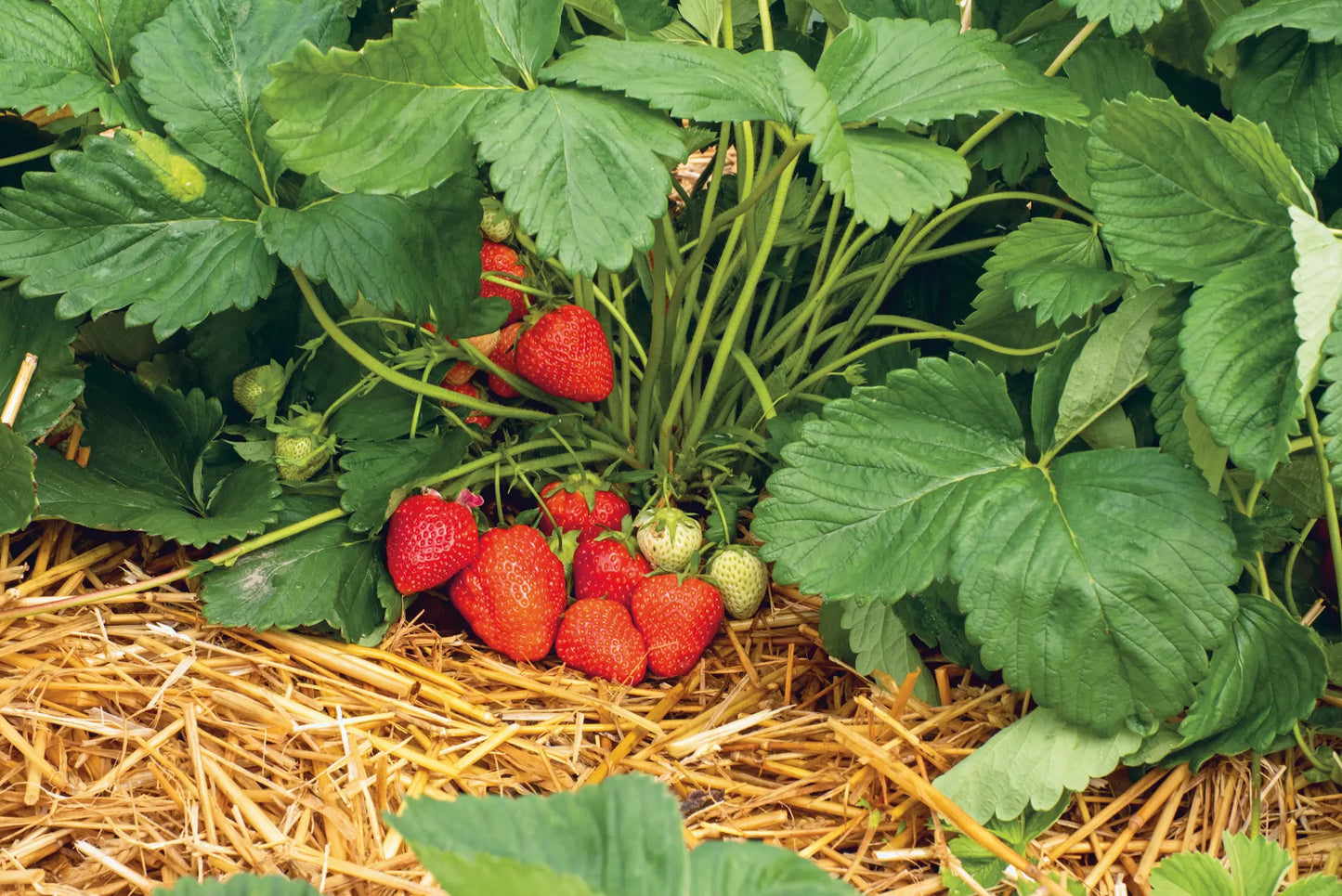
Collapsible content
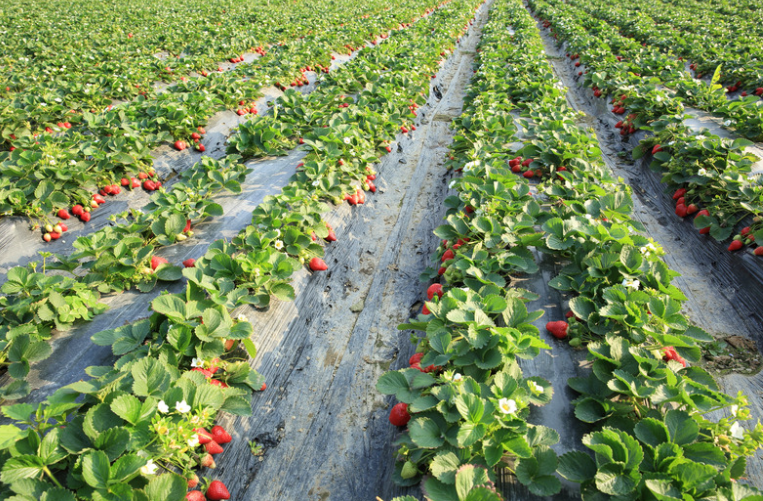
Strawberry Plant Buying Guide: What Type of Plants? For What Market Opportunity?
Which format should you choose: refrigerated, fresh, tray-plants, waiting bed, or plugs? Compare yields, costs, and harvest times at a glance.
Download the PDF guide (13 pages)
Why read this guide?
- Comparison tables: yield (300–600 g/plant), cost & labor.
- Reservation/delivery calendar for each format.
- Minimum order: 20 to 1,000 plants depending on the type.
- Full-field vs. above-ground case studies to maximize margin.
Overview of the 5 professional formats
Detailed comparison of formats
| Format | Yield (g/plant) |
Harvest time | Min. order | Average cost |
|---|---|---|---|---|
| Fridge | 250 – 400 | 120 days | 20 plants | 0.20 – 0.45 € |
| Costs | 280 – 420 | 140 days | 200 plants | 0.20 – 0.45 € |
| Tray plant | 400 – 600 | 90 days | 500 plants | 0.75 – 0.80 € |
| Waiting Bed | 300 – 500 | 105 days | 500 plants | 0.50 – 0.60 € |
| Motte | 230 – 350 | N+1 | 1,000 plants | 0.35 – 0.50 € |
Delivery schedule
| Plant type | Jan | Feb | Mar | Apr | May | Jul | Jul | Aug | Sep | Oct | Nov | Dec |
|---|---|---|---|---|---|---|---|---|---|---|---|---|
| Fridge | ||||||||||||
| Tray plants | ||||||||||||
| Waiting Bed | ||||||||||||
| Motte | ||||||||||||
| Costs |
Which format for which scenario?
Full field controlled budget
Fridge or Fresh : cost 2 x lower than tray plants, planting flexibility.
Above ground in greenhouse
Tray-plants : harvest 90 days after planting, uniform size, reduced labor.
Late planting
Mottes : planting July–August, rapid recovery, harvest the following year.
Ready to plan your plantings?
Download the complete guide Request a quoteFrequently Asked Questions
Is the guide free?
Yes, no fees or obligation to purchase.
How to download it?
Click the button “Download the guide” ; the PDF opens immediately.
Can I request a personalized quote?
Of course: write to us at contact@fraisiverse.com and an agronomist will respond to you within 24 hours.
Choosing the right strawberry varieties for your plot
Extend your harvest season by up to 5.5 months with our "early + season + everbearing" method. Compare 78 cultivars, sizes, and markets.
Download the PDF guide (17 pages)
4 axes to decide quickly
- Harvest Window : Early, Seasonal, or Everbearing? Combine them for 5.5 months .
- Commercial outlet : direct sales, long circuit, processing or freezing.
- Type of plants : fridge, fresh, root ball, tray plants… adapt your investments and your schedule.
- Growing conditions : open field, soilless, greenhouse; target consistent yield and size.
Axis 1: Select your harvest window
Example of recommended mix:
- Ciflorette (early) → Rubis des Jardins (season) → Charlotte (remontant).
- 5.5 months of continuous production, ideal for direct sales.
Axis 2: Sell at the right market
Direct sales
Ciflorette, Charlotte, Mara des Bois: premium taste sought after by consumers.
Long circuit / GMS
Magnum, Clery, Dream: uniform size, 95% class 1 fruit.
Transformation
Darselect, Mara des Bois – high sugar content and stable aroma.
Freezing
Honeoye, Belrubi – firm flesh, keeps well in the cold.
Axis 3: Choose the right type of plants
| Kind | Reservation | Delivery | Highlights |
|---|---|---|---|
| Fridge | All year round | Dec. → Aug. | Flexibility & price |
| Tray plants | Feb. → June | Nov. → Apr. | Above ground, harvest 90 days after planting |
| Motte | Sep. → May | Jul. → Sep. | Ideal for open fields, harvest N+1 |
| Costs | Feb. → Aug. | Sep. → Nov. | Young plants, rapid recovery |
Axis 4: Optimize your technical constraints
Tray plants guarantee +25% yield and simplified harvesting above ground; ideal for mechanizing your production and ensuring consistent size.
Frequently Asked Questions
Is the guide really free?
Yes, with no cost or obligation to purchase.
How to download it?
Just click the button “Download the guide” at the top of the page; the PDF opens immediately.
Can I request a personalized quote?
Of course: contact us via our contact page .
When to plant? When to harvest?
Do you want to start a strawberry farm but don't know when to reserve your plants, when to plant them or even harvest them?
Because we love 🍓 (with just a little sugar), we're going to do the work for you. On this page, you'll find the growing steps for each type of strawberry plant. When to order? What is the delivery period? When to plant? And finally, when to harvest?
Production Calendar - Frigo Strawberry Plants
| Production Calendar - Frigo Strawberry Plants | ||||||||||||||||||||||||
|---|---|---|---|---|---|---|---|---|---|---|---|---|---|---|---|---|---|---|---|---|---|---|---|---|
| Jan | Feb | Mar | Apr | May | Jun | Jul | Aug | Sep | Oct | Nov | Dec | |||||||||||||
| Reservation | ||||||||||||||||||||||||
| Deliverable | ||||||||||||||||||||||||
| Recommended planting | ||||||||||||||||||||||||
| Harvest | ||||||||||||||||||||||||
Production Calendar - Fresh Bare-Root Strawberry Plants
| Production Calendar - Bare Root Strawberry Plants | ||||||||||||||||||||||||
|---|---|---|---|---|---|---|---|---|---|---|---|---|---|---|---|---|---|---|---|---|---|---|---|---|
| Jan | Feb | Mar | Apr | May | Jun | Jul | Aug | Sep | Oct | Nov | Dec | |||||||||||||
| Reservation | ||||||||||||||||||||||||
| Deliverable | ||||||||||||||||||||||||
| Recommended planting | ||||||||||||||||||||||||
| Harvest | ||||||||||||||||||||||||
Production Calendar - Strawberry Plants Plugs
| Production Calendar - Strawberry Plants Motte | ||||||||||||||||||||||||
|---|---|---|---|---|---|---|---|---|---|---|---|---|---|---|---|---|---|---|---|---|---|---|---|---|
| Jan | Feb | Mar | Apr | May | Jun | Jul | Aug | Sep | Oct | Nov | Dec | |||||||||||||
| Reservation | ||||||||||||||||||||||||
| Deliverable | ||||||||||||||||||||||||
| Recommended planting | ||||||||||||||||||||||||
| Harvest | ||||||||||||||||||||||||
Production Calendar - Strawberry Plant Tray
| Production Calendar - Strawberry Plants Motte | ||||||||||||||||||||||||
|---|---|---|---|---|---|---|---|---|---|---|---|---|---|---|---|---|---|---|---|---|---|---|---|---|
| Jan | Feb | Mar | Apr | May | Jun | Jul | Aug | Sep | Oct | Nov | Dec | |||||||||||||
| Reservation | ||||||||||||||||||||||||
| Deliverable | ||||||||||||||||||||||||
| Recommended planting | ||||||||||||||||||||||||
| Harvest | ||||||||||||||||||||||||
Our Growing Guides by Plant Type / Our Growing Tips
Our online advisor: Fraisibot
Our technical itineraries by type of strawberry plant:
Technical Itinerary for Growing Strawberries from Frigo Plants
Technical Itinerary for Growing Strawberries from Plug/Pod Plants
Technical Instructions for Growing Strawberries from Tray or Mini Tray Plants
Technical Guide for Growing Strawberries from Bare-Root Fresh Strawberry Plants
Technical Instructions for Growing Strawberries from Waiting Bed Plants
All our growing tips for planting strawberries:
Strawberry Plants: Soil Preparation and Planting
Soil preparation for strawberry growing, planting techniques, and optimizing strawberry yield.
Best Practices for Irrigation and Fertilization of Strawberry Plants
Efficient irrigation systems, frequency and quantity of watering, types of fertilizers and application times, signs of nutritional deficiencies, growing strawberries in substrate, protection against frost and diseases.
Protection and Prevention of Strawberry Diseases and Pests
The main diseases and pests affecting strawberries, as well as effective methods for their prevention and treatment, including biological control and the use of resistant varieties. It provides practical advice for maintaining healthy and productive strawberry crops.
Succeeding in Strawberry Farming: Costs, Business Strategy and Subsidies
Growing strawberries requires significant initial and ongoing costs, but with effective marketing strategies and sustainable practices, growers can maximize their profits while contributing positively to the environment. Grants and financial aid are available to support necessary investments and encourage environmentally friendly farming practices.
Maximizing Strawberry Harvest and Storage: A Practical Guide
How to determine the optimal time to harvest strawberries, best practices for minimizing fruit damage during picking, and effective methods for storing and managing unsold strawberries to avoid losses and maximize profitability. It offers practical tips for extending the shelf life of strawberries, including refrigeration, freezing, and dehydration.
Strawberry Growing: Why Stagger Production? Early, Seasonal, Late? How to Choose?
Staggering strawberry production allows for harvests to be spread throughout the season, ensuring optimal fruit quality and increased profitability. Learn about recommended varieties for early, mid-season, and late-season production, as well as best practices for harvesting and storage.
Technical sheet for the Lola strawberry variety
- Remontant: Non-Remontant
- Precocity: Mid-Early
- Harvest period: Beginning to end of June
- Fruit shape, texture, appearance: Firm and heart-shaped
- Fruit color: Bright red
- Taste characteristics: Good taste, good ""sugar-acid"" balance but still too light for direct sale, recommended for wholesale
- Fruit Size: Good taste, good sugar-acid balance but still too light for direct sale, recommended for wholesale
- Disease resistance: Very little susceptibility to disease
- Yield, management and marketing: High yield, easy harvest
- Recommended commercial use / marketing channel: Direct sales, Wholesale, Processing
- Our advice: Suitable for tunnel or open field
Order your professional strawberry plants
Fraisiverse, a specialist wholesale supplier of strawberry plants , offers you the Lola variety, prized for its professional quality and high yield. Buying your strawberry plants ensures you a mid-early production concentrated in June, ideal for the seasonal market. Our plants are produced by specialized nurseries, guaranteeing optimal firmness and natural resistance to disease. Take advantage of attractive producer prices and decreasing prices for your volumes, with fast and careful delivery throughout France . Our responsive sales team offers you personalized advice to optimize your plantations and maximize your yields. For your peace of mind, benefit from dedicated technical support throughout the cultivation process. Order now or reserve now to guarantee the availability of your Lola strawberry plants and take advantage of our advantageous offers. Request a free quote today and secure your supplies for the next campaign.
Varietal and morphological characteristics
General agronomic profile
The Lola strawberry plant stands out as a non-remontant variety , characterized by a single, concentrated production in spring, which positions it advantageously on the seasonal strawberry market. It is classified as mid-early , with the harvest beginning at the beginning of June and continuing until the end of that same month.
Organoleptic quality and commercial presentation
From an aesthetic and organoleptic point of view, the Lola is a strawberry of great visual appeal and remarkable taste quality. Its fruits have a bright and uniform red color at commercial maturity, a major asset for marketing. The fruits are characterized by a regular shape, conical to round , ensuring a uniform and attractive presentation. The size is in the medium to large range , with an average weight ranging from 22 to 23 grams per fruit , although some well-developed specimens can reach 25 to 30 grams. This size places it above references such as the Gariguette (12-15 g) or the Dream (18.4 g), making it very competitive on the market.
Physical properties and texture
As for its texture, the Lola strawberry offers a notable firmness from the moment it is harvested , essential for handling without crushing or excessive chewing, which is crucial for packaging and transport. This firmness translates into a moderate and satisfying crunchiness in the mouth, with a dense and homogeneous flesh that remains juicy without being floury. Penetrometry tests estimate its firmness between 0.65 and 0.80 kg/cm² , classifying it among the robust varieties.
Technical production requirements
Soil parameters and substrates
To fully exploit the potential of the Lola strawberry plant, the choice and preparation of the soil or substrate are essential. It is recommended to favor a light, humus-rich and well-drained soil , ideally sandy loam or sandy-silt. Heavy and poorly drained clay soils should be avoided or improved by substantial inputs of organic matter and the establishment of crops on mounds to guarantee optimal drainage. The ideal soil pH is between 5.5 and 6.5 , corresponding to a slightly to moderately acidic environment, because strawberries, and Lola in particular, fear calcareous or overly basic soils. A richness in organic matter is essential for vigorous root development and balanced nutrition, requiring the incorporation of mature compost or well-rotted manure ( 40-60 t/ha ) before planting.
Strawberries are sensitive to salinity. The electrical conductivity (EC) of the soil should not exceed 1.5 mS/cm to prevent any risk of phytotoxicity or reduction in yield and fruit quality. In soilless cultivation, a substrate based on blond peat or coconut fiber, with a pH adjusted between 5.8 and 6.3 and an EC lower than 1.5 mS/cm , is recommended.
Fertilization and nutrition protocols
An indicative fertilization plan for the Lola variety, based on intensive production, suggests the following total annual inputs in units per hectare: 80-120 kg of nitrogen (N), 80-100 kg of phosphorus (P₂O₅), and 150-180 kg of potash (K₂O) . These inputs should be adjusted after a soil analysis. Splitting is essential: 40-50% of the nitrogen, all of the phosphorus, and 70% of the potash are incorporated before planting. The remaining nitrogen and potash are applied in two doses, before flowering and at the time of fruit enlargement. Constant monitoring of EC and pH is imperative, and the integration of trace elements such as magnesium ( 30-40 kg/ha/year of MgO ), boron, zinc, iron and calcium is recommended, particularly to ensure fruit firmness.
Productive performance and planning
Projected returns
The Lola variety is praised for its high yield , a major asset for mass production and wholesale. Although precise figures in kg/plant or t/ha are not always explicitly detailed in all sources, the description of "high yield" for fruits of 22-23 grams suggests a potential of around 1 kg per plant , or even more, under optimal conditions. This translates into an estimated yield per hectare of between 10 and 15 tonnes , for a professional planting density of 10,000 to 15,000 plants/ha. Other references for similarly high-performing varieties achieve yields ranging from 0.5 to 1.2 kg/plant, confirming Lola's high position.
Harvest window and work organization
Lola's mid-early harvest allows for a harvest extending from early to late June . A significant advantage lies in the concentration of production: approximately 70% of Lola's annual harvest is concentrated around mid-June , typically over a 3-week period, with a peak around June 20. This concentration facilitates harvest planning and labor optimization.
Varietal longevity and renewal
As for the productive lifespan of the variety, the Lola strawberry plant has a longevity comparable to most non-remontant strawberry plants, with an optimal productive period of 3 to 5 years . Peak production is generally reached between the second and third year. Beyond four years, a qualitative and quantitative decline is generally observed, making the renewal of plantations after 3 or 4 seasons an imperative to maintain optimal quality and profitability.
Phytosanitary protection and resistance
Natural resistance to pathogens
The Lola strawberry plant is known for its good general disease resistance , a valuable asset for professionals seeking to limit the use of plant protection inputs. Varietal tests confirm that Lola is " not or only slightly susceptible to diseases " such as powdery mildew, downy mildew and fungal diseases in general. This intrinsic robustness helps secure production and reduce losses linked to pathogens.
Pest control strategies
However, it is important to note that specific and quantified information on its resistance to the main common animal pests of strawberry – thrips, aphids, spider mites, weevil (Anthonomus) and Drosophila suzukii – is limited in the available sources. No data mention any particular genetic tolerance or resistance of Lola to these pests. Therefore, the management of these pests must rely on integrated or biological control methods , such as the introduction of beneficials (ladybugs for aphids, phytoseiids for spider mites) and regular monitoring of populations. The intervention thresholds recommended for other varieties also apply to Lola (e.g., less than 4 thrips per flower ).
Commercial opportunities and economic development
Market positioning and logistics
The profitability of the Lola variety is based above all on its primary commercial orientation: fresh consumption . Its fruits are perfectly suited to wholesale sales, thus targeting retail markets and large-scale distribution. This suitability is due to several fundamental characteristics: remarkable firmness, a regular shape, and a beautiful bright red color which ensure lasting visual attractiveness on the shelf.
Lola also excels in post-harvest logistics . Its firmness guarantees excellent shelf life after picking, allowing the fruit to maintain its firmness for several days and withstand long-distance transport. This robustness minimizes losses due to handling and logistics, a major competitive advantage for producers and distributors.
Transformation potential
As for processing, Lola can be suitable for light processing (preparation in trays, fruit cuts), but this is not its primary outlet. Use for jam or freezing is possible but secondary, as other varieties are often favored by the agro-industry for their massive yield, their production cost or texture characteristics specific to these processes.
Varietal comparisons and competitive positioning
Compared to other varieties such as Elegance and Sonsation , Lola is positioned as a mid-early variety offering a good sugar-acid balance and a size suitable for the wholesale market. Elegance is very similar in earliness and size, while Sonsation is slightly later and provides more juice, while maintaining a large size and good brightness. These comparisons highlight Lola's ability to integrate effectively into a diversified production strategy for the French market.
Professional feedback
Feedback from professional growers on the Lola variety is generally very positive , highlighting its reliability and consistent performance. It is acclaimed for its high yield and consistent fruit quality , which are key factors in farm profitability. Its resistance to disease is also a frequently cited strength, contributing to simplified crop management and a potential reduction in inputs. Ease of harvesting , thanks to firm, consistent fruit that lends itself well to picking, is another advantage praised by professionals, thus optimizing labor costs. Lola is therefore perceived as a competitive and reliable variety, meeting the requirements of the most demanding markets in terms of quality and consistency.
To summarize: Our Lola strawberry plants
At Fraisiverse , we put our expertise at the service of producers as a specialist wholesale supplier of strawberry plants . The Lola variety, mid-early and non-remontant, is distinguished by its medium to large size (22-23 g), remarkable firmness and a beautiful bright red color. Thanks to its natural resistance to diseases, it reduces your input needs and optimizes your yields. Choosing our service means buying Lola strawberry plants directly from a recognized professional, benefiting from plants from specialized nurseries. We offer volumes adapted to professional farms, with producer prices and advantageous conditions. As a specialist wholesale supplier of strawberry plants , we guarantee technical and logistical monitoring to facilitate cultivation and marketing. The Lola variety, with a potential yield of 10 to 15 tons/ha, is ideal for fresh sales on markets and large-scale distribution. Buying Lola strawberry plants from Fraisiverse also means enjoying fast and careful delivery throughout the country, and personalized advice to get the most out of your plantations. We remain your trusted partner, a specialist wholesale supplier of strawberry plants , to meet the needs of demanding producers. Thus, buying Lola strawberry plants from Fraisiverse guarantees you consistent quality and consistent performance, season after season.
-
Lola Frigo A- Strawberry Plant
Regular price €0,17 EURRegular priceUnit price / per -
Lola Frigo A Strawberry Plant
Regular price €0,18 EURRegular priceUnit price / per -
Lola Fresh Bare-Root Strawberry Plant
Regular price €0,20 EURRegular priceUnit price / per -
Lola Frigo A+ Strawberry Plant
Regular price €0,26 EURRegular priceUnit price / per -
Lola Potted Strawberry Plant
Regular price €0,27 EURRegular priceUnit price / per -
Lola Frigo A++ Strawberry Plant
Regular price €0,32 EURRegular priceUnit price / per






